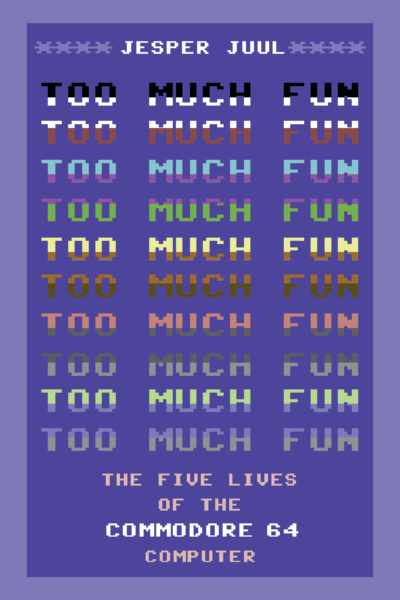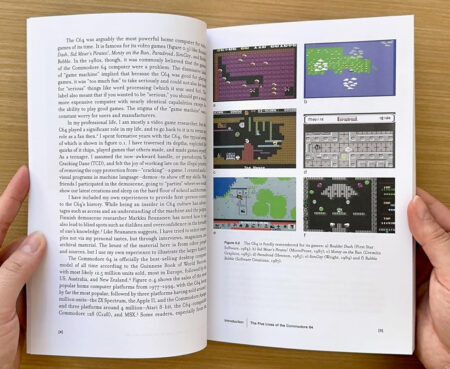On the occasion of my new book Too Much Fun: The Five Lives of the Commodore 64 Computer, I am writing A History of the Commodore 64 in Twelve Objects, posted weekly from November 1st, 2024.
Linus Åkesson’s Commodordion
The final object: In the very first post of this “History of the Commodore 64 in Twelve Objects” series, I talked about the Commodore 64 itself – the iconic beige machine. Since then, I have explored ten other objects, from games and floppy disks to cartridges, BASIC programming, music, magazines, and even a paper invitation to a demo party.
It is now 43 years since the Commodore 64 was introduced at the 1982 Consumer Electronics Show. Amazingly, it went on sale the same year as the first CD player.
The C64 is now a historical device, but its story isn’t over. Users and developers are still finding new uses for it. When I started writing Too Much Fun in 2022, the charts for best demos and best games on CSDb and Lemon64 were dominated by old releases. Today, most top spots belong to new creations. There is a real resurgence of activity on the Commodore 64.
There also is a culture of Commodore 64 hardware experimentation. For my final object, I choose Swedish hardware hacker and musician Linus Åkesson’s 2022 Commodordion. It is a charming, musical, technically impressive, and obviously absurd project, making an accordion by combining two C64s connected by a bellows constructed from floppy disks.
Åkesson’s work exemplifies the continued fascination with the C64. It is about discovering new tricks and properties of the C64, Amiga, and other hardware, it is about programming expansive and minimal demos, making new hardware. Here the hardware is sometimes musical instruments used for musical performances.
Of course, the C64’s resurgence is also fueled by the availability of high-quality emulators. As I discuss in Too Much Fun, you can now experience the C64 without needing the original hardware. But this easy access makes projects like the Commodordion even more appealing, a way to connect with the physicality of the machine and experience it in a completely new way.
What song is the Commodordion playing? Ragtime tune Maple Leaf Rag by Scott Joplin, which has its own C64 history as music for excruciatingly difficult game China Miner.
The Commodordion symbolizes how exploring the Commodore 64 today is not just nostalgia. The C64 makes us think about forgotten pasts, re-evaluating our current relationship to technology, and blending ideas from different eras to create something entirely new.
Thank you for reading
Jesper Juul
Copenhagen, January 2025














